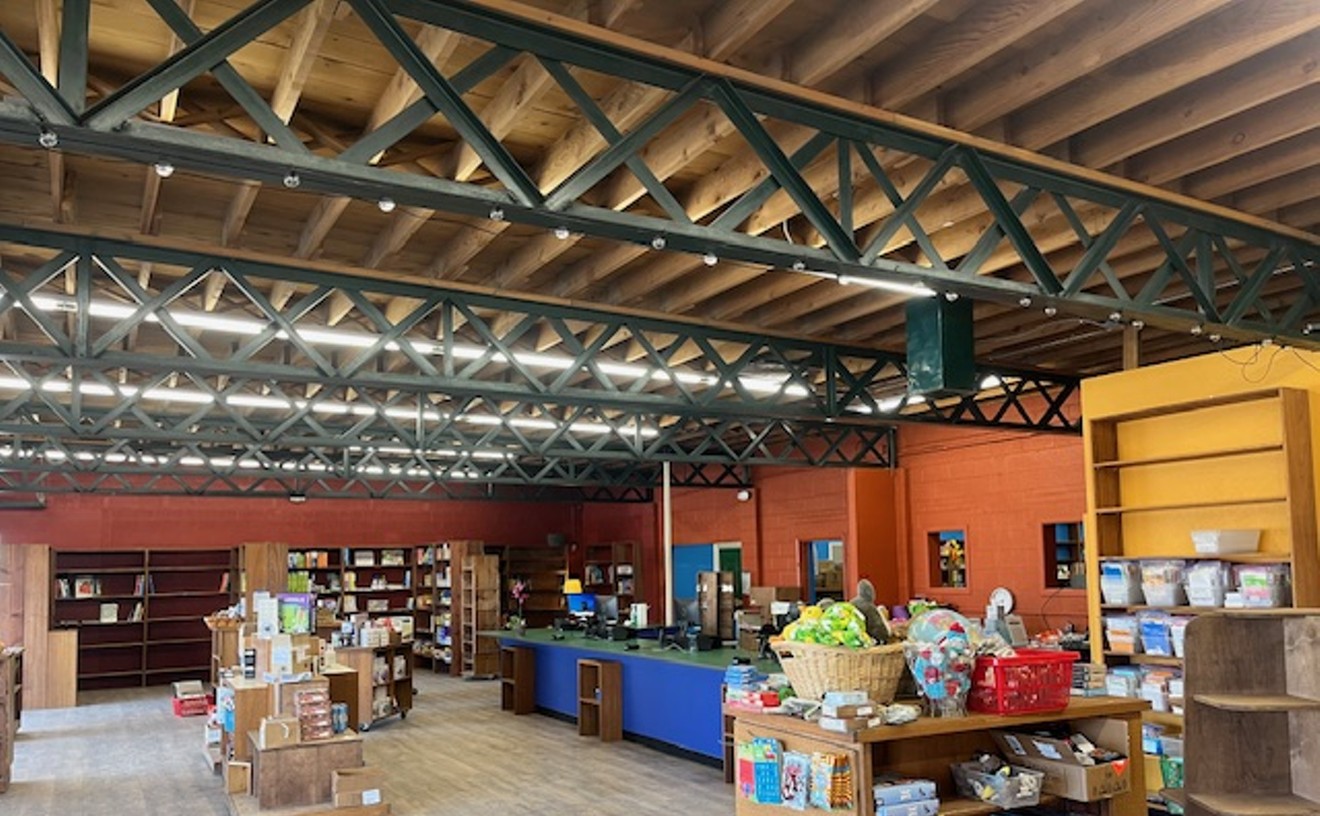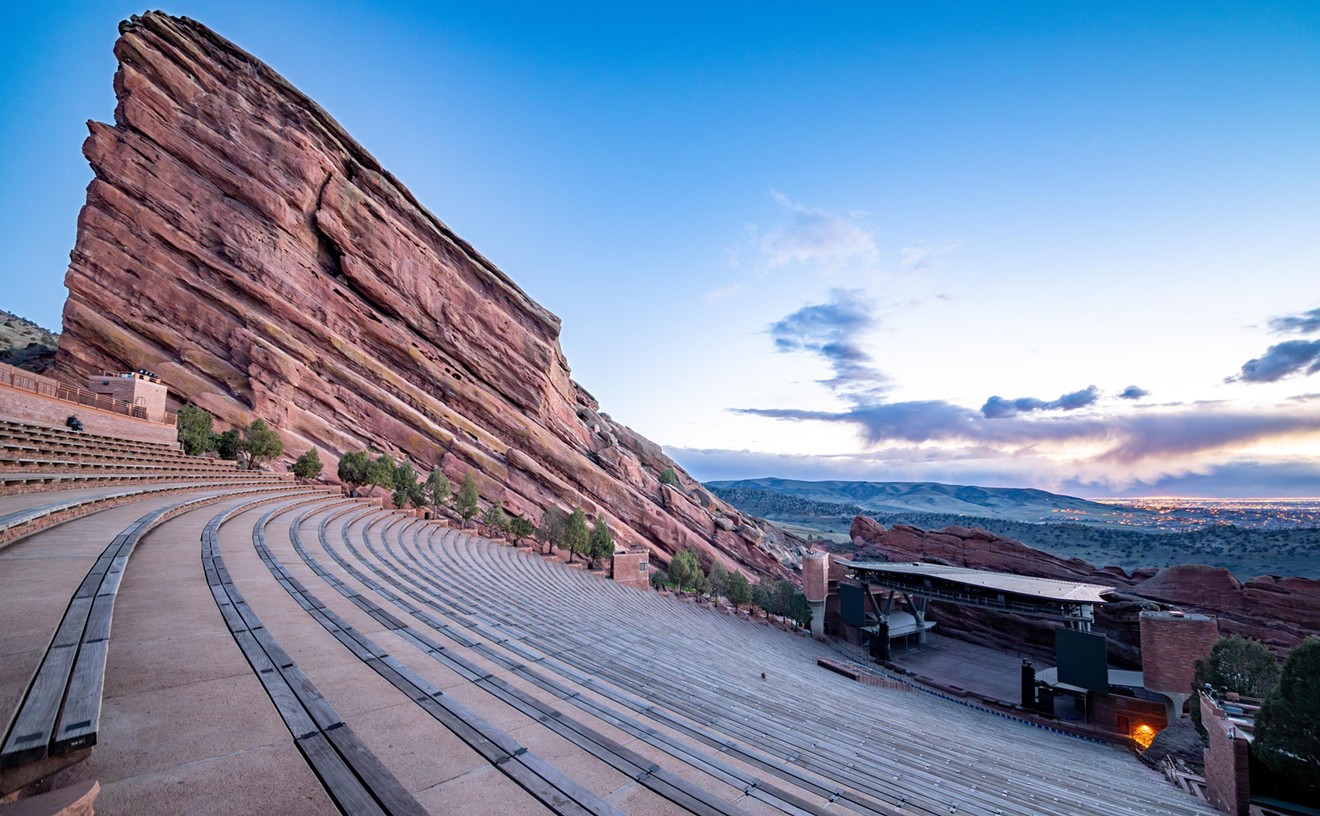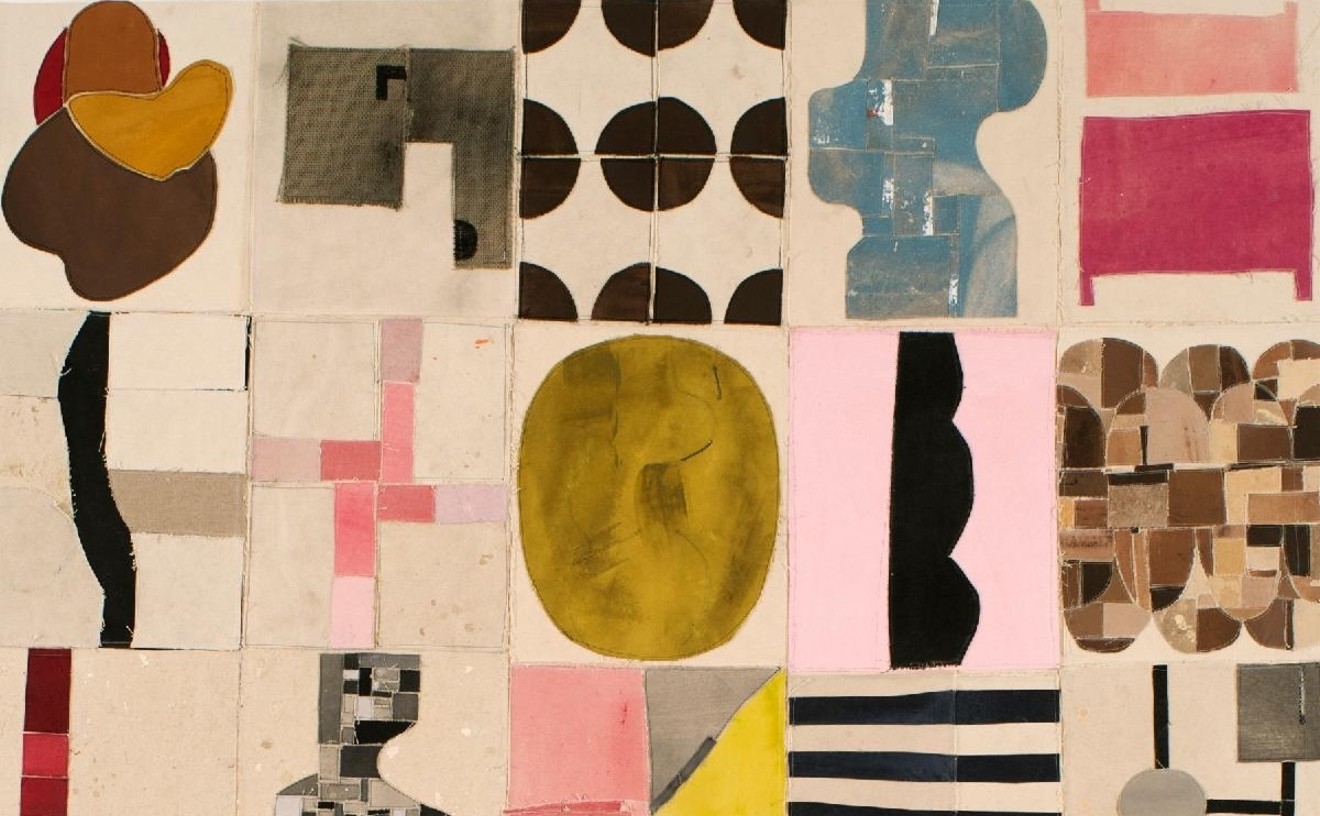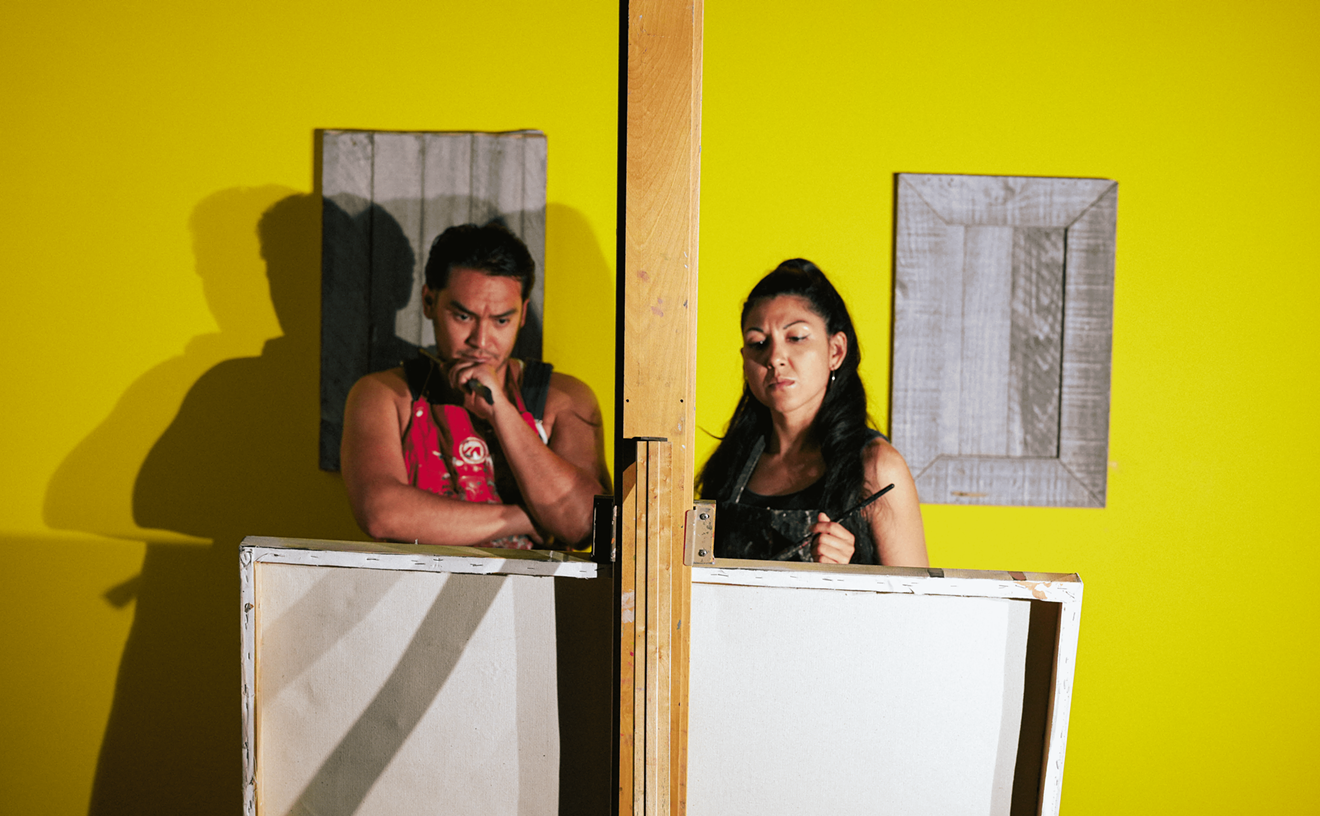Seven Things That Make Stapleton Residents Really, Really Mad
You know Stapleton: the neighborhood in northeast Denver that used to be the airport, and now fancies itself…well, fancy. Despite the fact that it’s officially part of the city, it’s a suburb in virtually every sense, from the well-lit streets to the attached garages to the sidewalks and the schools...
January 19, 2016
[
{
"name": "Air - MediumRectangle - Inline Content - Mobile Display Size",
"component": "12017618",
"insertPoint": "2",
"requiredCountToDisplay": "2"
},{
"name": "Editor Picks",
"component": "17242653",
"insertPoint": "4",
"requiredCountToDisplay": "1"
},{
"name": "Inline Links",
"component": "18838239",
"insertPoint": "8th",
"startingPoint": 8,
"requiredCountToDisplay": "7",
"maxInsertions": 25
},{
"name": "Air - MediumRectangle - Combo - Inline Content",
"component": "17261320",
"insertPoint": "8th",
"startingPoint": 8,
"requiredCountToDisplay": "7",
"maxInsertions": 25
},{
"name": "Inline Links",
"component": "18838239",
"insertPoint": "8th",
"startingPoint": 12,
"requiredCountToDisplay": "11",
"maxInsertions": 25
},{
"name": "Air - Leaderboard Tower - Combo - Inline Content",
"component": "17261321",
"insertPoint": "8th",
"startingPoint": 12,
"requiredCountToDisplay": "11",
"maxInsertions": 25
}
]
You know Stapleton: the neighborhood in northeast Denver that used to be the airport and now fancies itself…well, fancy. Despite the fact that it’s officially part of the city, it’s a suburb in virtually every sense, from the well-lit streets to the attached garages to the sidewalks and the schools and the children. Ah...the children. You can’t escape them; they’re the first thing you hear in the morning and the last thing before you hit the pillow — in part because despite all the advertised green space in Stapleton, the house next door sits about two feet from yours.
As a former resident of Stapleton (I lived there for seven years, in two different houses), I can attest that the slick high-quality-of-life veneer is real — and in some cases, actually genuine. In other cases, the ugly can run deep. So I consider myself something of a refugee, now that I’m out. There’s a sense to the area that requires accommodation by its residents; as one of my Stapleton friends once said, “This place is a lot easier to take if you just drink the Kool-Aid.” (Not that most Stapleton moms would dare give their kids Kool-Aid. Maybe Izze soda.) One ingredient in that Kool-Aid is clearly a heaping helping of righteous anger, at the ready behind those big, polished, neighborly Stapleton smiles. Here are seven things that Stapleton residents are mad about right now:
7. The Big Wonderful
The good news for Stapleton was that the old Stanley Aviation painting facility, which just a few years ago enjoyed a 75-year lease that it didn’t plan on surrendering, finally agreed to move. This freed up the views of surrounding properties and eliminated an industrial area bordering a neighborhood that doesn’t like to be reminded of its industrial roots. The bad news was that one of the new Stanley Marketplace's tenants is slated to be the weekly outdoor music, food and drink venue the Big Wonderful, once named by Westword as the "ultimate patio experience." Stapletonians have already begun to complain, even before the first act takes any stage. Worried about both noise and parking woes, residents in Stapleton have so far succeeded in changing the location of the music venue within the space reserved for the Big Wonderful, which originally thrived in the RiNo/Curtis Park area north of downtown. Time will tell if Stapleton residents will warmly embrace the Big Wonderful, or if moving out of the city center and out to the borders of Stapleton will be a big mistake.
6. No Second Town Center
When Stapleton was developed, it was originally envisioned that it would have at least two Town Centers, which are the mixed-use shopping and professional-service areas in the walkability-friendly neighborhood. The first was built right away, bordering Quebec Street — and immediately struggled. Where at inception there were a variety of stores — a bookstore, a toy shop, a florist, art stores, etc., very soon most of those were forced to close. (It’s worth noting that one of the consistently successful businesses is the liquor store.) This, in turn, delayed the construction of the second Town Center, which still has yet to be fully constructed — more than a decade later. Irate residents put up yard signs (yard signs being the preferred mode of protest in Stapleton) saying, “Do what you promised, Forest City!” And, one might imagine, shaking their soft fists at the manicured landscapes.
5. Sharing the King Soopers
One of the reasons the aforementioned second Town Center is so important is that, for various reasons, some folks in Stapleton don’t much care for folks outside of Stapleton. Or at least for sharing what Stapleton considers its own King Soopers store — even though it was designed to also serve the surrounding areas. To be fair, the place can get pretty crowded, and there’s not nearly enough parking during peak hours. And don’t even get us started on the interminable lines at the King Soopers gas station.
4. Ashley Madison
After the 2015 data leak, a lot of Stapleton Dads had to explain to their kids why Daddy had to sleep in the guest room down in the finished basement for a while...not to mention why Mommy took his laptop away. Stapleton was uncomfortably well-ensconced in the top ten of the least faithful neighborhoods in all of Denver, with a 6.9 percent unfaithful rating. And those were just the cheaters that Ashley Madison knew about: Peruse the Casual Encounters section of Craigslist sometime with the search word “Stapleton,” and it’s a whole Eyes Wide Shut thing happening out there.
Continue reading for reasons 1-3.
3. They Can’t Gate Themselves In
Sure, the originating philosophy of the neighborhood was all about inclusivity, but the NIMBY phenomenon runs strong in Stapleton, and there’s always an undercurrent of conversation going on about how they need to just shut themselves off completely from Aurora to the southeast and North Park Hill to the west. Much of the grumbling has to do with traffic, which the relatively new I-70 exit didn’t do much to help, as it turned Central Park Boulevard into a straight shot from the highway down to Montview. But the other reason for some Stapletonians wanting to wall themselves in has to do with perceived safety. Speaking of which...
2. Crime
Stapleton is billed as a family-friendly, street-safe neighborhood, and some statistics seem to bear that out, at least at first. But look at those numbers: Stapleton had nearly 1,400 crimes reported from January 1 to August 27 of 2015, and its relative safety only comes from the fact that Stapleton includes large tracts of open space, which waters down the crimes-per-square-mile number. (By comparison, Cap Hill, which clocks in four slots from the bottom of the list of safest Denver neighborhoods, only had forty more crimes than Stapleton during that same period of time.) My own experience backs this up: When I lived there, my garage was broken into and robbed, and my vehicle was vandalized twice. There was a rash of burglaries that included four houses on my block in one night — one of them robbed while the owner was home reading a bedtime story to her sons. Pickup trucks are known to wander the alleys of the neighborhood day and night looking for easy targets like open garage doors. The vehicle break-ins got so bad in 2015 that a sign was temporarily erected on Central Park Boulevard warning people not to leave valuables in their cars and to “watch for people that look like they don’t belong.” The only thing that might concern Stapletonians more than the crime in their neighborhood is the concern that word will get out about all the crime that happens in their neighborhood — because, you know, property values.
1. People Who Refuse to Drive Like Their Kids Live There
Children reign supreme in Stapleton, so if you don’t have any, you at least need a complete willingness to smile your way through someone else’s little rugrats constantly getting in your way. (Often literally in your way: Some families encourage their young kids to drive golf carts on public streets, and think this is more adorable than illegal.) Stapleton seems to spearhead the “Follow the child” movement currently damaging American kids’ abilities to care for themselves and relate to other human beings. Of course, this false sense of entitlement will come home to roost, especially in a neighborhood like Stapleton, when all those privileged kids become sullen and resentful teens and the whole thing devolves into a Clockwork Orange situation, and spiteful gangs of formerly very special children will roam the Stapleton streets. Probably in golf carts.
BEFORE YOU GO...
Can you help us continue to share our stories? Since the beginning, Westword has been defined as the free, independent voice of Denver — and we'd like to keep it that way. Our members allow us to continue offering readers access to our incisive coverage of local news, food, and culture with no paywalls.
Can you help us continue to share our stories? Since the beginning, Westword has been defined as the free, independent voice of Denver — and we'd like to keep it that way. Our members allow us to continue offering readers access to our incisive coverage of local news, food, and culture with no paywalls.
Teague Bohlen is a writer, novelist and professor at the University of Colorado Denver. His first novel, The Pull of the Earth, won the Colorado Book Award for Literary Fiction in 2007; his textbook The Snarktastic Guide to College Success came out in 2014. His new collection of flash fiction, Flatland, is available now.
Contact:
Teague Bohlen


Newsletter Sign Up
Enter your name, zip code, and email
I agree to the Terms of Service and
Privacy Policy
Sign up for our newsletters
Get the latest
Arts & Culture news,
free stuff and more!
Trending
Use of this website constitutes acceptance of our
terms of use,
our cookies policy, and our
privacy policy
Westword may earn a portion of sales from products & services purchased through links on our site from our
affiliate partners.
©2024
Denver Westword, LLC. All rights reserved.
Do Not Sell or Share My Information
Do Not Sell or Share My Information









